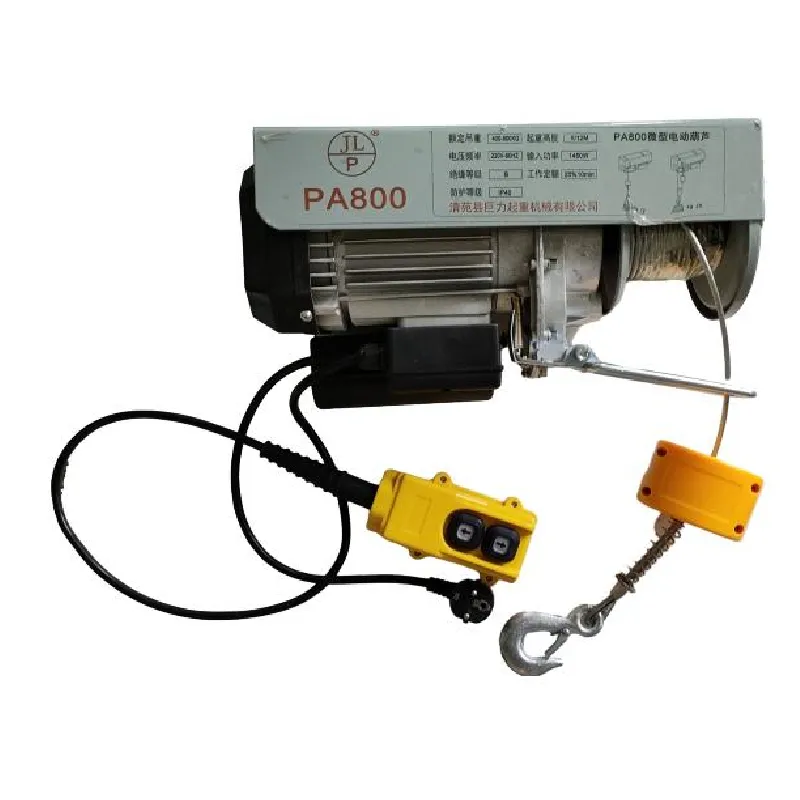


Understanding Fall Arrest Harnesses and Lanyards Essential Safety Gear for Workers at Heights
In various industries, especially construction, telecommunications, and maintenance, workers often find themselves performing tasks at elevated heights. The nature of these jobs exposes them to significant risks, particularly the danger of falls. To mitigate these risks, it is crucial for companies to implement effective safety measures, primarily through the use of fall arrest systems, which include fall arrest harnesses and lanyards.
What Is a Fall Arrest Harness?
A fall arrest harness is a safety device worn by individuals to prevent injuries in the event of a fall. It is designed to distribute the forces experienced during a fall over the body, thus minimizing the impact on any single area. Properly fitted and used, a harness can be a lifesaver.
Fall arrest harnesses are typically made of durable materials that can withstand harsh environmental conditions. They consist of several parts straps that go around the shoulders and legs, a back D-ring for attachment to a lanyard, and sometimes additional connection points for tools or other equipment. The design ensures that the wearer remains upright if they fall, reducing the risk of serious injury.
The Role of Lanyards in Fall Arrest Systems
A lanyard is an important component of a fall arrest system. It connects the harness to a secure anchor point, such as a beam or other stable structure. Lanyards can be either shock-absorbing or non-shock-absorbing, depending on the specific application and the level of fall protection required.
Shock-absorbing lanyards are designed to stretch upon impact, which reduces the force exerted on the body during a fall. This is essential because a sudden stop can cause severe injuries or even death. Non-shock-absorbing lanyards, while simpler, are typically used in situations where the fall distance is minimal, and the risk of a severe impact is lower.
The Importance of Proper Training

Even the best fall arrest harness and lanyard system can only be effective if the users are properly trained. Workers must understand how to correctly wear and adjust their harnesses, as well as how to connect and use their lanyards safely. Training should also cover the selection of appropriate anchor points, as well as safe practices for moving at heights.
Regular refresher training is critical, as safety protocols and equipment can change. It is also essential to inspect harnesses and lanyards regularly for wear and tear, ensuring that they meet safety standards and are functioning correctly.
Compliance with Safety Regulations
Employers are responsible for ensuring that their workers are equipped with the necessary safety gear and that they understand how to use it. Organizations like the Occupational Safety and Health Administration (OSHA) in the United States set strict regulations regarding fall protection in the workplace. Failure to comply with these regulations not only jeopardizes worker safety but can also lead to severe legal and financial repercussions for companies.
Choosing the Right Equipment
Selecting the right fall arrest harness and lanyard is paramount for ensuring worker safety. Different jobs may require different types of harnesses and lanyards. For example, some jobs may necessitate a full body harness, while others may be sufficiently covered by a simple chest harness. The choice of lanyard, whether shock-absorbing or non-shock-absorbing, also depends on the work environment and specific risks involved.
It is essential to consult with safety professionals or equipment manufacturers to ensure that the chosen gear meets the specific requirements of the job and complies with all applicable safety standards.
Conclusion
In conclusion, fall arrest harnesses and lanyards are vital components of workplace safety for workers at heights. They provide essential protection against falls and help to prevent serious injuries or fatalities. Through proper training, diligent inspection, and adherence to safety regulations, companies can foster a culture of safety that protects their employees and reduces risks associated with working at heights. Investing in high-quality fall protection equipment is not just a legal obligation; it is a moral responsibility that can save lives and ensure the well-being of workers across various industries.



